Understanding Left-Turning Tendencies in Airplanes
Northstar VFR
MARCH 16, 2025
Torque is most noticeable when power is applied suddenly for example, during takeoff. As the propeller spins, it creates a spiral pattern of airflow that wraps around the fuselage and strikes the left side of the vertical stabilizer (rudder). This force pushes the tail to the right, causing the nose to yaw left.

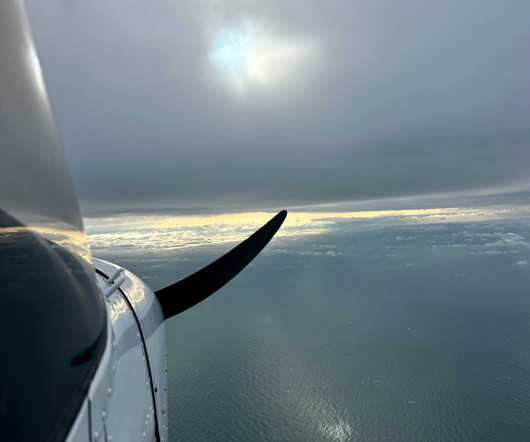


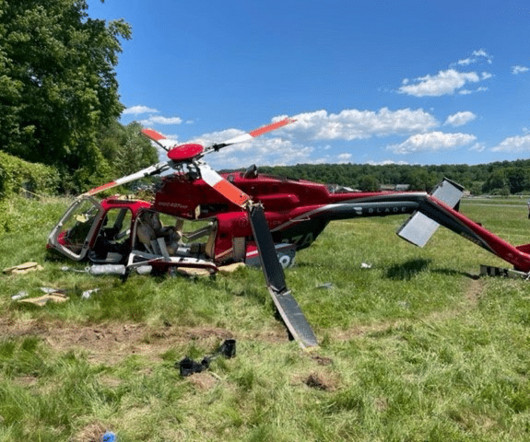
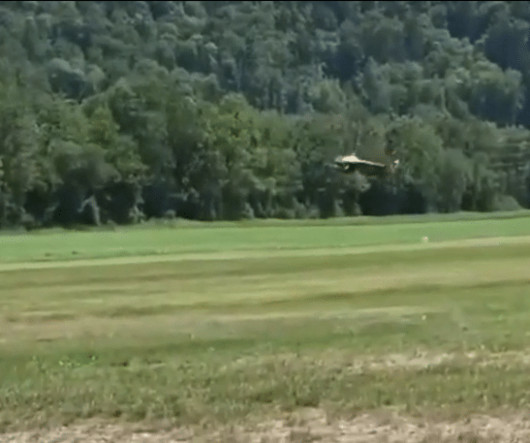
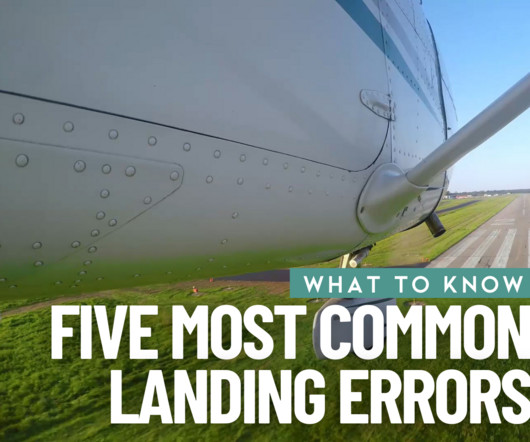


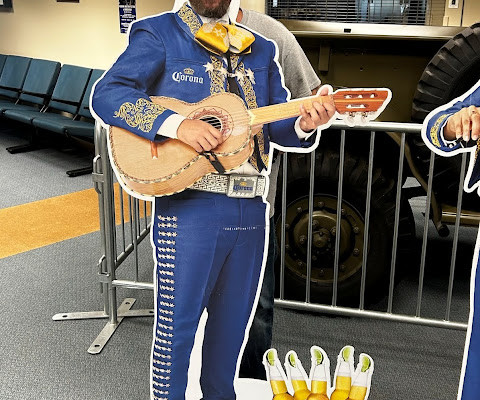







Let's personalize your content